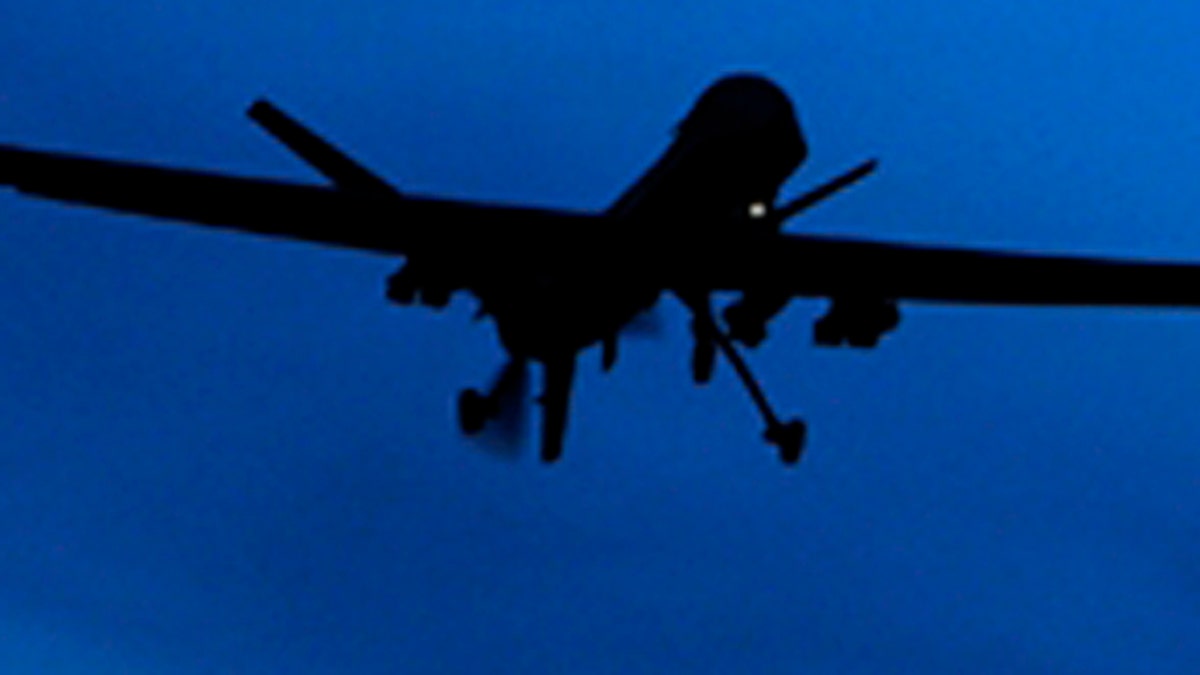Fox News Flash top headlines for December 15
Fox News Flash top headlines are here. Check out what's clicking on Foxnews.com.
The merits and advantages of undersea, surface and air drones are too numerous to cite, as fast-increasing levels of computer and AI-enabled autonomy continue to quickly redefine modern and anticipated future warfare. Yet there is an interesting and highly significant, albeit lesser-known attribute offered by advanced levels of autonomy – an increased ability to complete missions despite networks being jammed, cut-off or disabled by enemy attack.
“All forces are going to have to assume they are going to be cut off. So tactical data is essential,” Chairman of the Joint Chiefs of Staff, Army Gen. Mark Milley, said in a report from SeaPower magazine.
The Navy’s Distributed Maritime Operations strategy calls for a rapid increase in more dispersed, disaggregated missions to expand battlespace, leverage long-range sensors and fires and of course increase survivability. Dispersed, yet interconnected naval forces can operate within a wider attack envelope while being less condensed and potentially vulnerable to incoming enemy fire. All of this is part of why the Navy’s “aim point” of reaching 500 ships includes the operations of as many as 250 unmanned drone ships empowered to a large extent by advanced autonomy. The thrust or success of this kind of operational posture does, in large measure, rely upon effective, hardened “networking.”
ARMY IMPROVES ABRAMS TANK GUN SYSTEM WITH UPGRADED FIRE CONTROL

A U.S. Predator drone flies above Kandahar Air Field, southern Afghanistan Sunday, Jan. 31, 2010 - file photo. (AP Photo/Kirsty Wigglesworth)
However, maybe not entirely, as autonomy could also help sustain operations in the event that networks were, as Milley describes, “cut off.” Surveillance, mine-sweeping, submarine hunting and even some pre-ordered attack missions could, it seems, continue even in the event that an ability to receive real-time input through various combat networks was destroyed. Mine-searching unmanned surface vessels could, for instance, continue searching for mines while using computer technology to catalog information of critical relevance to any major war effort.
Also, drawing upon advanced algorithms enabling autonomy, drone boats could detect and respond to enemy objects or even forces by shifting course autonomously to avoid obstacles or gather intelligence on emerging, otherwise unrecognized enemy force movements. When human decision-makers don’t have to “tele-operate” or remotely control every combat maneuver, because new generations of autonomy enable unmanned systems to increasingly perform a wider range of functions without needing human intervention, operations can continue in the event that command and control is compromised.
This might be one reason why having more ships, both manned and unmanned, could yield advantages because larger numbers mean point-to-point networking between some nodes can continue operations should some connectivity be disabled by attack.
CLICK HERE TO GET THE FOX NEWS APP
Milley’s point also speaks to the growing realization that networks will continue to not only be hardened but operate with built-in redundancy because the likelihood that one or more transport layer networking technology will be knocked out is very high when it comes to the prospect of major power warfare. GPS could be denied, radio communications could be jammed and electronic radar applications could be destroyed as well, all major factors likely informing the rationale upon which Milley explained that the U.S. needs to prepare for war as if one or more of its essential networking systems were “cut off.” Autonomy can help.
-- Kris Osborn is the managing editor of Warrior Maven and the defense editor of The National Interest --

